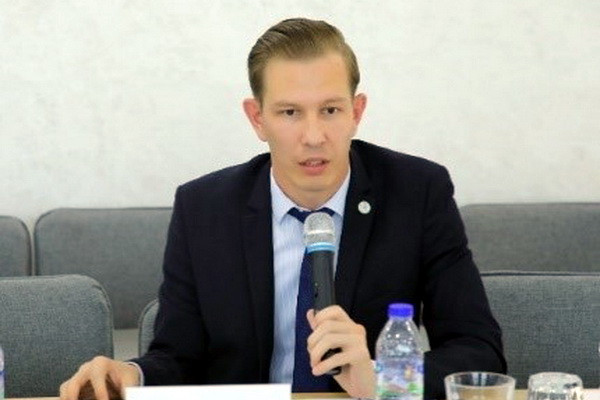
The transport interconnection of Uzbekistan and Turkmenistan is a "window to Europe"
The strategic direction of cooperation between Uzbekistan and Turkmenistan is the development of transport and logistics cooperation.
Turkmenistan is located at the crossroads of the North-South, East-West transcontinental corridors and in modern conditions can become a transit node that connects Uzbekistan with South Asia, as well as with the countries of the Caspian region.
For thousands of years, the countries of Central Asia have served as a transport and trade bridge between the East and the West, the North and the South, and today, in order to develop trade and economic cooperation with the countries of the Eurasian continent, special attention should be paid to the issues of transport and transit.
Further development of new transcontinental transport routes is the need of the hour. Many existing routes stretching from China to Europe, as well as connecting the North and the South, pass through the territory of Central Asian countries.
It should be noted that Uzbekistan constantly takes the initiative to develop in Central Asia an extensive network of international transport corridors with access to sea and ocean ports, which functions reliably, and supports all reasonable projects in this direction.
Closer cooperation between Uzbekistan and Turkmenistan in the transport and logistics sphere can contribute to expanding the possibilities of multimodal transit freight transportation along the Trans-Caspian route using the potential of the Turkmenbashi port.
It is noteworthy that in 2021, the growth of international freight transportation by 17%, which amounted to almost 2 million tons, was ensured.
Along with this, for five months of the current year, there has been an additional increase in international transportation between Uzbekistan and Turkmenistan, the indicators of which have already reached 800,000 tons, having increased by 14%.
At the same time, the use of unified digital technologies in the transport and logistics system could contribute to the solution of such issues as the idling of cargo at the borders, the presence of different standards, the limited hours of operation of checkpoints, and the imperfection of border crossing procedures.
Uzbekistan and Turkmenistan should also direct joint efforts to develop interregional multimodal corridors, simplify border crossing procedures, digitize customs, sanitary and other types of administration, as well as focus on finding effective solutions to the optimization of transport and transit tariffs.
Bayazit Ares Marsovych is the chief researcher of the International Institute of Central Asia.




